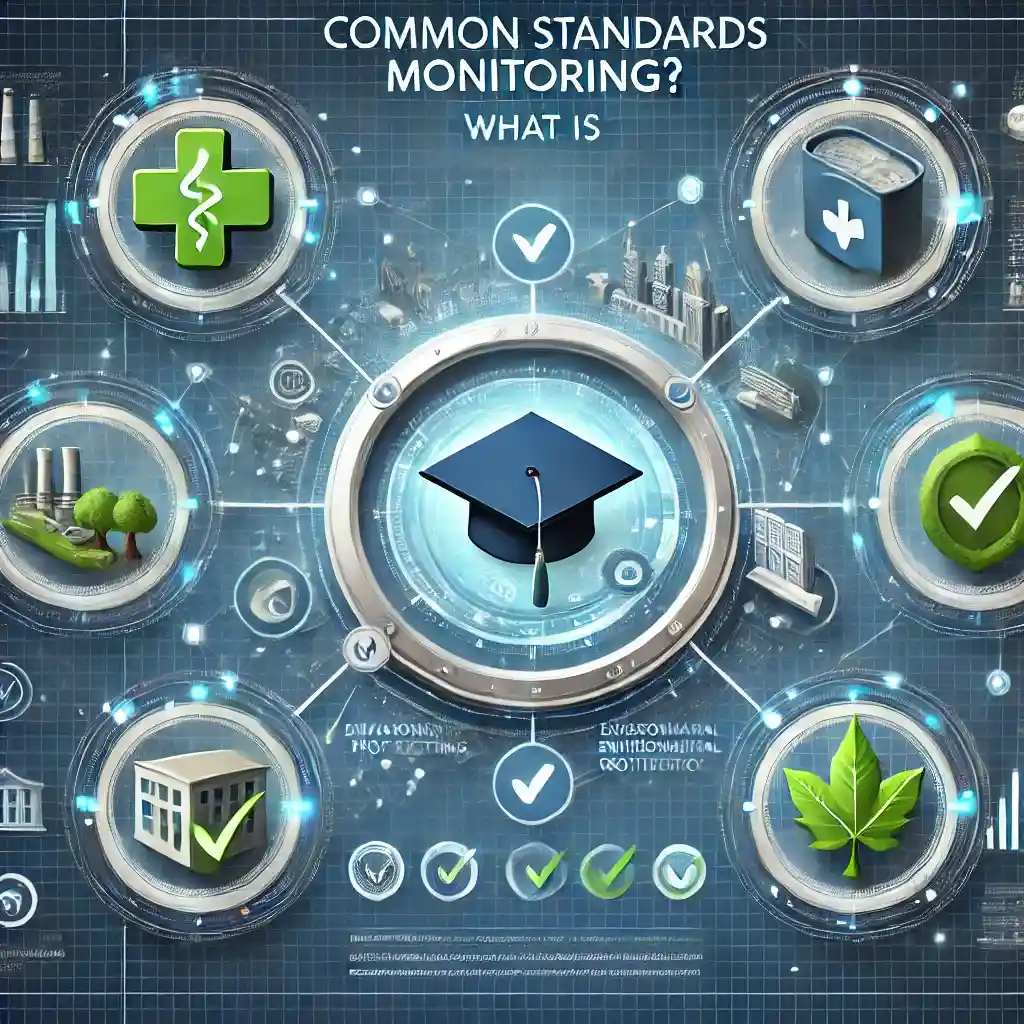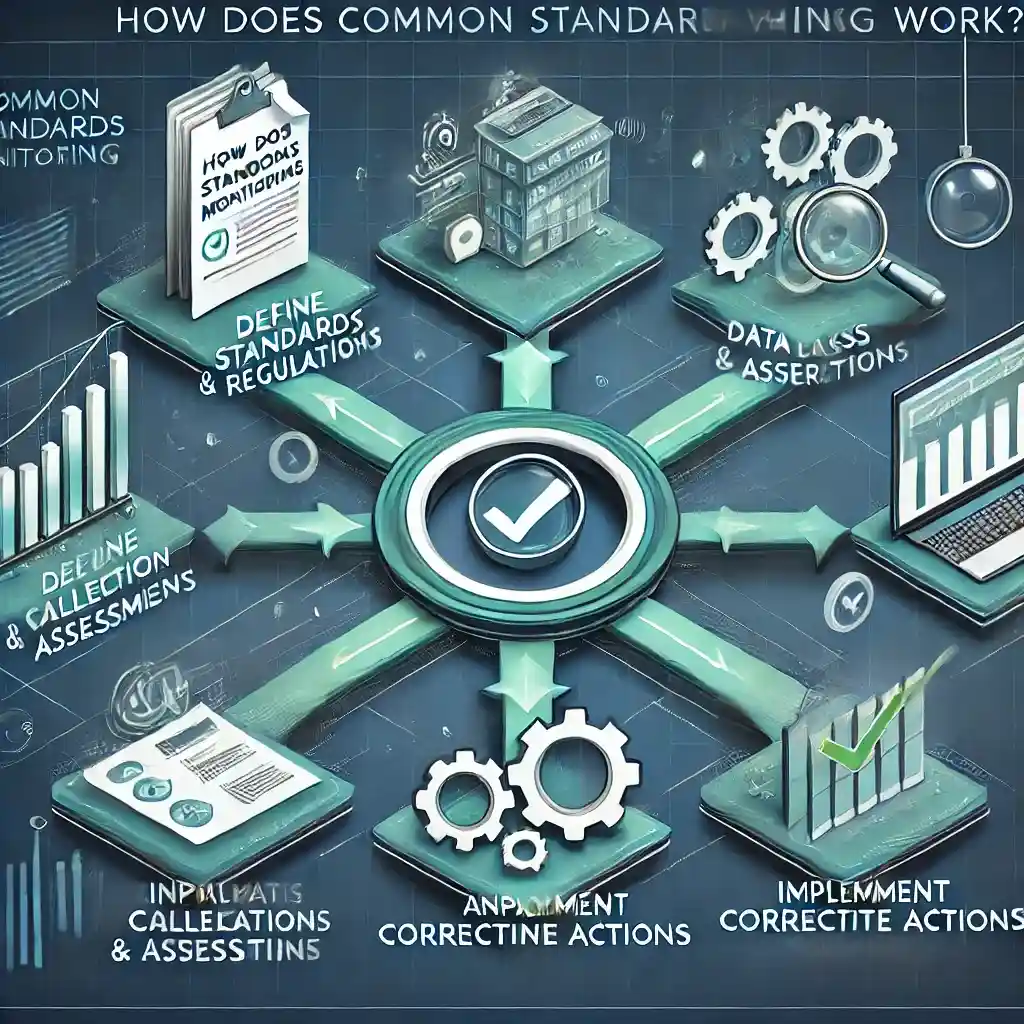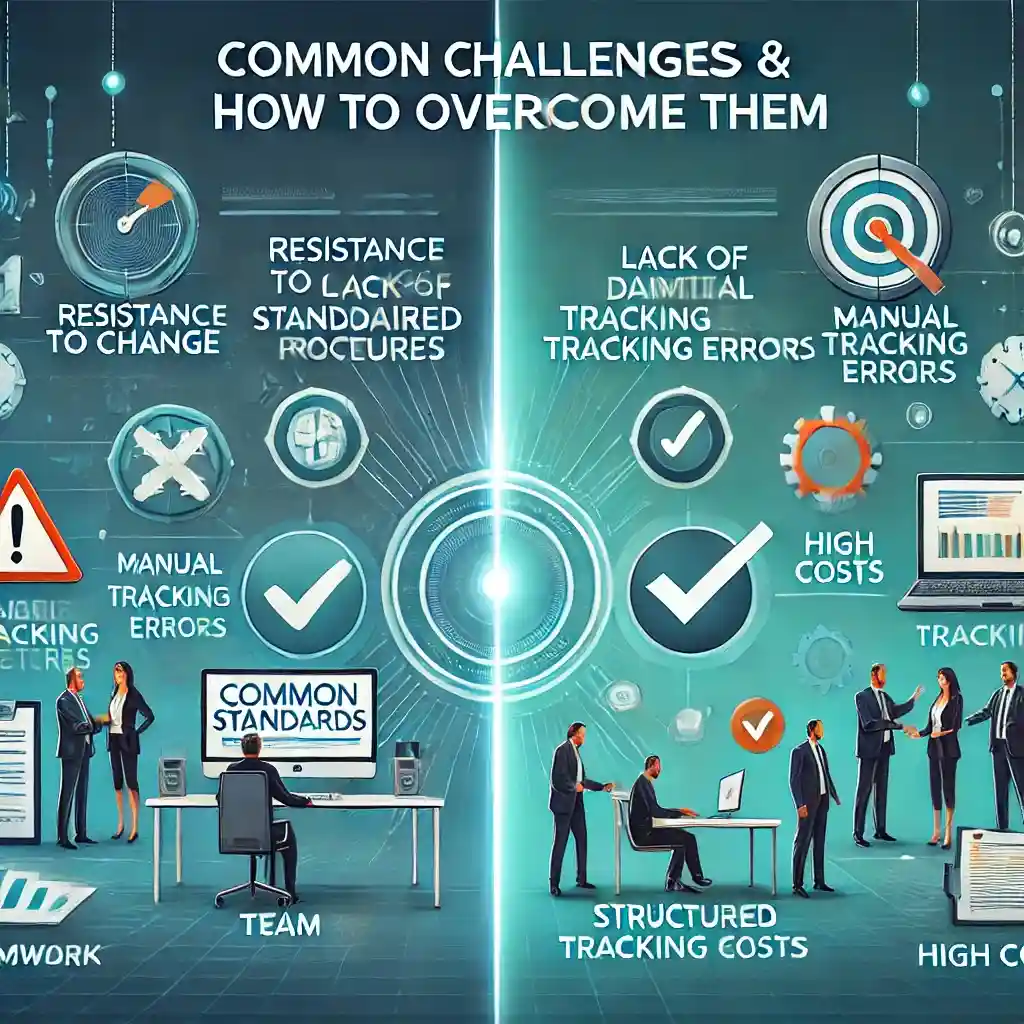In today’s competitive and highly regulated industries, ensuring compliance, maintaining quality, and upholding best practices are crucial. One of the most effective ways to achieve these goals is through Common Standards Monitoring (CSM).
But what exactly is Common Standards Monitoring, and why is it so important? In this guide, we’ll break down everything you need to know, from its significance to how it works, along with best practices for seamless implementation.
🔍 What is Common Standards Monitoring?
Common Standards Monitoring (CSM) is a systematic approach to evaluating and ensuring compliance with industry-specific standards, regulations, and guidelines. It applies to a wide range of sectors, ensuring that businesses, organizations, and institutions consistently meet required benchmarks for quality, safety, and efficiency.

💡 Key Sectors That Rely on CSM:
1. ✅ Healthcare – Monitoring medical protocols and patient care standards.
2. ✅ Education – Ensuring schools and universities meet accreditation requirements.
3. ✅ Manufacturing – Maintaining production quality and safety compliance.
4. ✅ Environmental Protection – Tracking sustainability and conservation measures.
5. ✅ Corporate Governance – Evaluating business ethics and legal compliance.
By enforcing consistent monitoring and reporting, organizations can proactively identify issues, improve operations, and avoid costly penalties.
🎯 Why is Common Standards Monitoring Important?
1. 🔹 Ensures Compliance with Regulations – Avoids legal risks and penalties by meeting industry requirements.
2. 🔹 Improves Quality and Consistency – Keeps products and services aligned with expected standards.
3. 🔹 Enhances Organizational Accountability – Encourages transparency and responsibility among employees.
4. 🔹 Facilitates Continuous Improvement – Identifies weaknesses and provides data-driven insights for growth.
5. 🔹 Boosts Consumer and Stakeholder Confidence – Builds trust by ensuring ethical and high-quality operations.
⚠️ Did You Know?
Companies that fail to adhere to regulatory standards risk hefty fines, legal actions, and reputational damage. Implementing a structured monitoring system minimizes these risks.
📌 How Does Common Standards Monitoring Work?
The CSM process follows a structured cycle of evaluation, action, and improvement. Here’s how it works:

1️⃣ Define Standards & Regulations
Before monitoring begins, organizations must clearly document applicable standards, whether they are industry regulations, internal policies, or certification requirements.
2️⃣ Data Collection & Assessment
Organizations gather data through audits, inspections, employee feedback, and automated monitoring tools.
3️⃣ Analysis & Reporting
Collected data is analyzed for compliance gaps, inefficiencies, and potential risks. Findings are then compiled into reports for decision-making.
4️⃣ Implement Corrective Actions
If non-compliance is detected, corrective measures such as training programs, process improvements, or policy updates must be put in place.
5️⃣ Continuous Monitoring & Review
CSM is an ongoing process. Regular check-ins, updated documentation, and frequent audits ensure long-term adherence to standards.
🚀 Best Practices for Effective Common Standards Monitoring
To make CSM work efficiently, organizations should adopt best practices for a seamless process.
1. ✅ Leverage Technology & Automation
- Use AI-powered monitoring tools to track compliance effortlessly.
- Implement automated reporting systems to reduce manual errors.
2. ✅ Conduct Regular Audits & Inspections
- Establish a structured audit schedule (weekly, monthly, or quarterly).
- Use third-party evaluations to gain unbiased insights.
3. ✅ Train Employees on Compliance
- Provide ongoing training sessions and workshops.
- Encourage open communication about standards and expectations.
4. ✅ Maintain Clear Documentation
- Keep records of audits, reports, corrective actions, and compliance history.
- Ensure accessibility of documents for employees and regulators.
5. ✅ Implement a Feedback & Improvement System
- Allow employees and stakeholders to report issues before they escalate.
- Regularly review and update monitoring processes based on feedback.
💡 Common Challenges & How to Overcome Them

While CSM is essential, organizations often face challenges in implementation. Here’s how to tackle them:
🚧 Challenge: Resistance to Change
✅ Solution: Communicate the benefits of CSM and involve employees in the process.
🚧 Challenge: Lack of Standardized Procedures
✅ Solution: Develop clear guidelines and protocols tailored to your industry.
🚧 Challenge: Manual Tracking Errors
✅ Solution: Invest in digital compliance tools for accuracy and efficiency.
🚧 Challenge: High Costs of Compliance
✅ Solution: Focus on preventative measures rather than damage control. Compliance failures cost more in the long run!
📢 Final Thoughts: Why Common Standards Monitoring Matters
Common Standards Monitoring is not just about following rules—it’s about creating a culture of excellence, accountability, and continuous improvement. When implemented correctly, it enhances operational efficiency, ensures compliance, and builds trust with customers, employees, and stakeholders.
📌 Key Takeaways:
1. ✅ CSM ensures compliance with industry regulations and best practices.
2. ✅ It reduces risks, enhances quality, and improves organizational performance.
3. ✅ Successful implementation requires structured audits, employee training, and digital automation.
4. ✅ Overcoming challenges like resistance to change and manual tracking issues is key to success.
📢 Is your organization ready to implement a Common Standards Monitoring strategy? Start today by evaluating your current compliance framework and integrating best practices!
📩 Let’s Discuss!
Have you implemented Common Standards Monitoring in your business? What challenges did you face, and how did you overcome them? Share your thoughts in the comments below!
Read More: Understanding the Zio Heart Monitor: A Complete Guide





